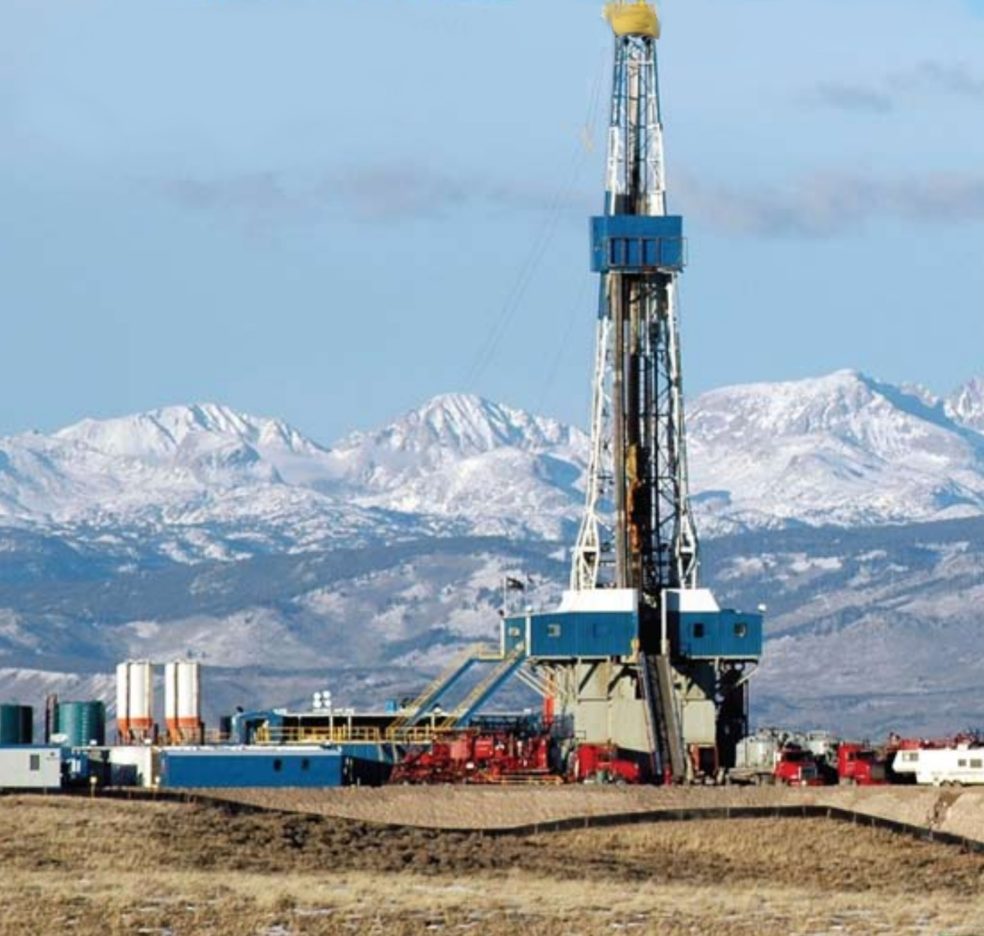Fracking or fracturing is the process of drilling and injecting fluid, usually water, sand and chemicals into the ground at a high pressure in order to fracture shale rocks to release natural gas trapped in it. The released natural gas is thereafter allowed to flow freely to the head of the well. Dillbytes, this week, takes a look as this development as it relates to its cost to the environment and the earth. According to a story captured by David Shukman of the BBC in June 2013, drilling companies suggest trillions of cubic feet of shale gas may be recoverable from underneath parts of northern England through a process known as “fracking”.
The extensive use of fracking in the United States, where it has revolutionised the energy industry, has prompted environmental concerns. The first is that fracking uses huge amounts of water that must be transported to the fracking site, at significant environmental cost. The second is the worry that potentially carcinogenic chemicals used may escape and contaminate groundwater around the fracking site. The industry suggests pollution incidents are the results of bad practice, rather than an inherently risky technique. There are also worries that the fracking can cause small earth tremors. Two small earthquakes of 1.5 and 2.2 magnitude hit the Blackpool area in 2011 following fracking.
“It’s always recognised as a potential hazard of the technique” says Professor Ernie Rutler from the University of Manchester. “But they’re unlikely to be felt by many people and very unlikely to cause any damage.” Finally, environmental campaigners say that fracking is simply distracting energy firms and governments from investing in renewable sources of energy, and encouraging continued reliance on fossil fuels. “Shale gas is not the solution to the United Kingdom’s energy challenges,” said Friends of the Earth energy campaigner, Tony Bosworth. “We need a 21st century energy revolution based on efficiency and renewables, not more fossil fuels that will add to climate change.”
Fracking allows drilling firms to access difficult-to-reach resources of oil and gas. In the United States, it has significantly boosted domestic oil production and driven down gas prices. It is estimated to have offered gas security to the United States and Canada for about 100 years, and has presented an opportunity to generate electricity at half the CO2 emissions of coal. The industry suggests fracking of shale gas could contribute significantly to the United Kingdom’s future energy needs. A report by the energy and climate change committee in April of this year said shale gas in the United Kingdom may help to secure energy supplies, but may not bring down gas prices. Reserves of shale gas have been identified across swathes of the United Kingdom, particularly in the north of England.
However, no fracking is currently taking place and drilling firms must apply for a fracking license if they wish to do so in the future.Another story captured by Alex Nussbaum of Bloomberg in April 2014 reports that oilfields are spinning off thousands of tons of low-level radioactive trash as the United States drilling boom leads to a surge in illegal dumping and states debate how much landfills they can safely take. State regulators are caught between environmental and public health groups demanding more regulation and the industry, which says it’s already taking proper precautions. As scientists debate the impact of small amounts of radiation on cancer risks, the United States Environmental Protection Agency, says there’s not enough evidence to say what level is safe.
“We have many more wells, producing at an accelerating rate and for each of them, there’s a higher volume of waste”, said Avner Vengosh, a professor of geochemistry at Duke University in Durham, North Carolina, who’s studied the issue. Without proper handling, “We are actually building a legacy of radioactivity in hundreds of points where people have had leaks or spills around the country.”
The waste is a by-product of the drilling renaissance that has brought the United States oil and natural gas production to its highest levels in three decades while also unlocking naturally occurring radium from rock formations far underground. It’s the latest environmental challenge for an industry that has pushed the United States closer to energy independence while facing questions about the effects on water supplies, air pollution and even, a surge in earthquakes.
“There are all kinds of regulations about how to deal with waste and how to transport waste and we follow them all” said Andrew Paterson, a vice president of the Marcellus Shale Coalition, a trade group that represents companies active in Pennsylvania drilling including Noble Energy Inc. “it’s very safe and the levels we are talking about are really low-level. The issue is shale rock, the dense formations found to hold immense reserves of gas and oil. Shale often contains higher levels of radium, a chemical element used in industrial X-ray diagnostics and cancer treatments than traditional oil fields, Vengosh said.
The recent Earthquake of magnitude 5.6 that ravaged Oklahoma and was felt in distances like Texas, Kansas, Missouri and Nebraska on the August 3, 2016 has been attributed in some ways to shale fracturing. Fracking out petrodollars is good business but the associated environmental rumbles and tectonic ripples in earthquake prone areas transforms it to bad business!
Source: http://guardian.ng

